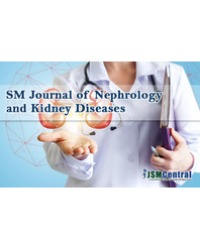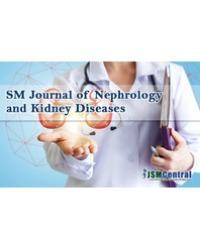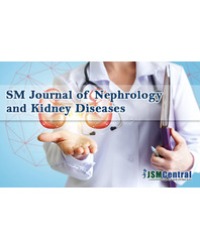
Clinical Profile of Chronic Kidney Disease Patients in a Tertiary Care Hospital-An Observational Study
Introduction: The prevalence of chronic kidney disease (CKD) is estimated to be 12 times the cases of end stage renal disease (ESRD). CKD in earlier stages is generally asymptomatic. Early interventions delay the progression to ESRD and reduce morbidity and mortality.
Aims and objectives: To study the clinical profile of chronic kidney disease in a tertiary care hospital and determines the aetiology of chronic kidney disease and assess comorbidities.
Materials and methods: In a descriptive study, 130 consecutive patients of chronic kidney disease who attended or was admitted in a tertiary care hospital over 1 year. All patients were evaluated in detail and an aetiological diagnosis was made on each patient.
Results: 76.1% of the patients were males and rest were females with sex ratio of 3.2:1. Age of patients varied between 14 and 82 years of age, with mean age of 55.80 ±13.49 years. 28.5 % of all patients had Cardiovascular Diseases (CVD) and cerebrovascular accident was present in 5.4% of the patients. The most common symptom in patients from this study group was pedal oedema (59.2%), followed by anorexia (53.1%), breathlessness (30.7%), nocturia (27.7%), and weakness (25.4%). Only 3.1% patients had hyperphosphatemia.
Conclusion: The assessment of clinical profile of these patients showed the most common aetiology as diabetes mellitus (36.9%). Hypertension being a cause and a complication of CKD was present in 64.6% of patients. Early detection and effective management of these illnesses can delay the onset, progression of CKD and subsequent morbidity and the requirement of renal replacement therapy, if any.
Vijoy Kumar Jha¹* and Shashibhushan²


